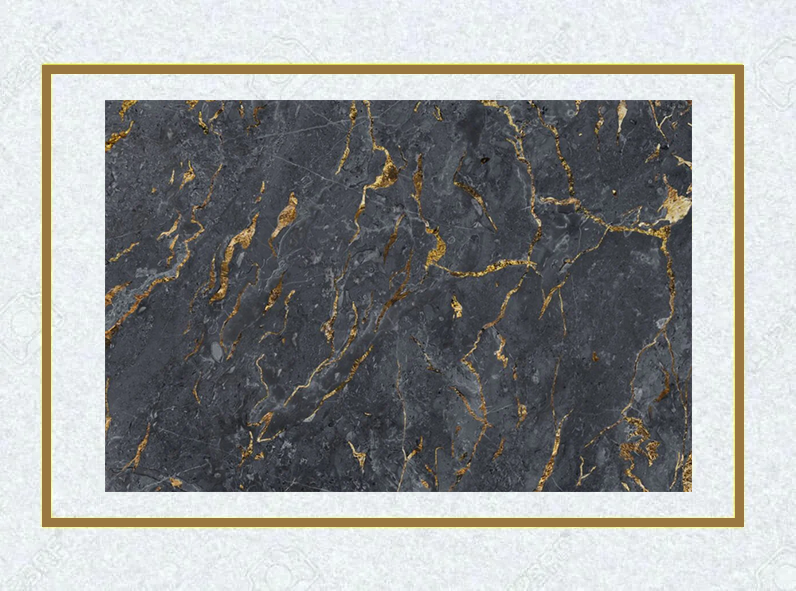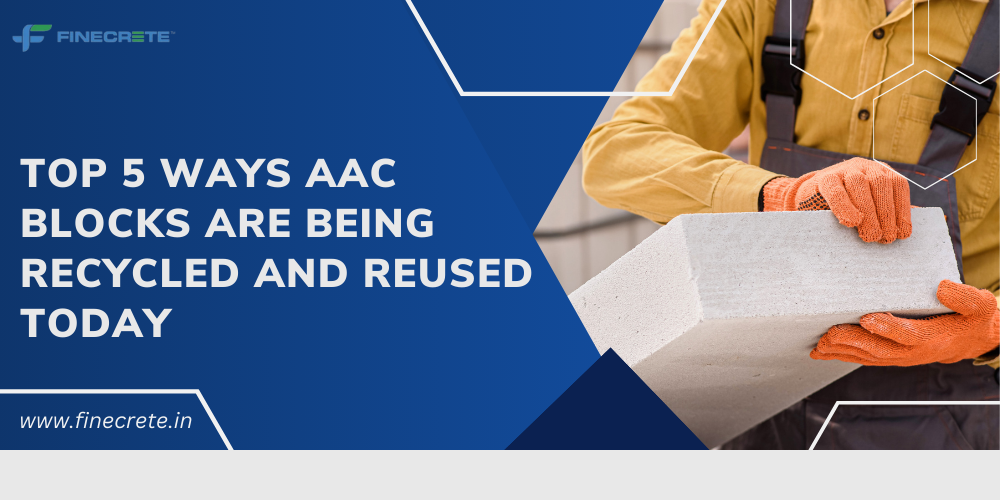Lightweight, durable, and environment-friendly, AAC blocks have become a popular choice in the construction industry. One of the key aspects contributing to their environmental friendliness is their potential for recycling and reuse. Here are the top 5 ways AAC blocks are being recycled and reused today, contributing to a more sustainable construction industry
Aggregate for New AAC Blocks
Crushing and grinding the used blocks to produce aggregates is one of the most common ways AAC blocks are being recycled and reused today. These aggregates can then be reintegrated into the manufacturing process to create new AAC blocks. By using recycled AAC block aggregates, manufacturers can:
- Reduce the demand for raw materials,
- Minimize waste, and
- Contribute to a circular economy, where resources are reprocessed and recycled.
Fill Material in Non-structural Applications
Crushed and recycled AAC blocks can be utilized as fill material in non-structural applications. The lightweight and porous nature of AAC block aggregates makes them suitable for backfilling, land reclamation, and road construction.
By repurposing recycled AAC block material in non-structural applications, builders can minimize the environmental impact associated with traditional fill materials, such as gravel or soil, while reducing waste destined for landfills.
Insulating Material
Crushed AAC blocks can be processed into insulating material for use in various construction applications. The porous structure of AAC block aggregates makes them an effective insulating material, providing thermal and acoustic insulation properties.
Builders can repurpose recycled AAC blocks as insulating material to enhance the energy efficiency and sustainability quotient of their construction projects. They can reduce the need for conventional insulation materials with higher environmental impact.
Paving Blocks and Landscaping Elements
Recycled AAC block aggregates can be molded and processed to create paving blocks, tiles, and other landscaping elements. These recycled products can be used for pathways, driveways, and outdoor spaces. This can provide an eco-friendly alternative to traditional paving materials.
When recycled AAC block material is repurposed in landscaping applications, builders can contribute to sustainable urban development. They can reduce the consumption of natural resources.
Lightweight Concrete Products
Crushed AAC blocks can be incorporated into the production of lightweight concrete products, such as:
- Lightweight concrete blocks,
- Panels, and
- Precast elements
When recycled AAC block aggregates are added, they enhance the insulating and lightweight properties of these concrete products. This makes them suitable for a wide range of construction applications. Builders can use recycled AAC block material in the production of lightweight concrete products. In this way, they can reduce the environmental impact associated with traditional concrete production and promote sustainable building practices.
Today, AAC blocks from the best quality AAC Block manufacturers in India are being recycled and reprocessed in various innovative ways. Rightly, these have become very important for the construction industry.






